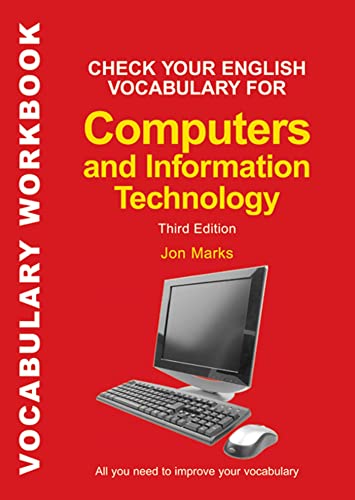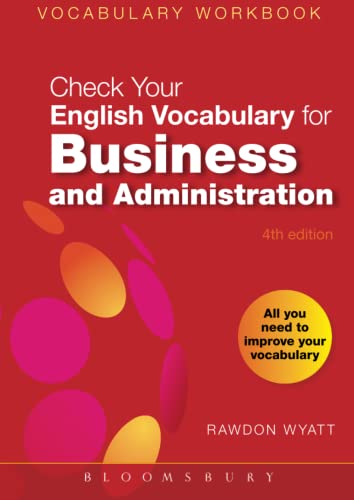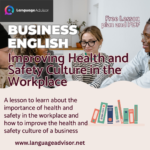Business English Lesson: Balancing Stakeholder Management. A lesson to learn how to discuss the importance and challenges of stakeholder management in business with free PDF.
Business English Lesson: Business English Lesson: Balancing Stakeholder Management

Business English Lesson: Balancing Stakeholder Management
Objective:
In this lesson, students will discuss the importance and challenges of stakeholder management in business. They will explore the concept of stakeholders, the benefits and complexities of managing their interests, and the role of effective communication in stakeholder management.
This lesson is suitable for intermediate to advanced level students of Business English.
Warm-up:
Begin by asking students to define the term “stakeholder” and provide examples of different types of stakeholders in a business context. Facilitate a brief class discussion to ensure students have a basic understanding of the concept.
Vocabulary:
Introduce and explain the following vocabulary terms:
- Stakeholder
- Stakeholder management
- Vested interest
- Affirmative action
- Diffuseness
- Channels of communication
- Project influence
- Investment
- Competent
- Human Resources department
Reading Comprehension:
- Provide students with a copy of the article.
- Have them read the article individually.
- Divide students into pairs or small groups to discuss their understanding of the main ideas and key points from the article.
- Engage the class in a discussion about the benefits and challenges of stakeholder management based on their reading.
Discussion Questions:
- Why is stakeholder management important in business?
- What are the potential benefits of effectively managing stakeholders?
- What challenges might arise when trying to balance the interests of different stakeholders?
- How can open communication contribute to successful stakeholder management?
- According to the article, who are considered the most important stakeholders? Why?
- How can a competent Human Resources department contribute to effective stakeholder management?
- Do you agree that stakeholder management becomes more complex when trying to cater to the wants and needs of too many stakeholders? Why or why not?
- Can you think of any examples where a business’s progress was negatively affected due to ineffective stakeholder management?
Case Study
Provide students with a case study of a business that faced challenges in managing stakeholders. Ask them to analyze the case study and identify the key stakeholders involved, the interests at stake, and the potential consequences of inadequate stakeholder management. Encourage students to propose strategies that could have been implemented to address the challenges.
Role Play Activity:
Divide students into small groups and assign each group a stakeholder role (e.g., employee, customer, stockholder). In their roles, students should discuss and role-play a scenario where the interests of different stakeholders conflict. They should explore ways to address the conflict and find a balanced solution through effective communication and negotiation.
Writing Activity:
Ask students to individually write a short essay discussing their opinion on the statement “Balancing the competing interests of different stakeholders only serves to make the task of management more needlessly complex.” They should provide arguments supporting their position and refer to examples from the article or real-life business situations.
Wrap-up:
Invite students to share their role-play experiences, case study analyses, or written essays with the class. Facilitate a discussion on the key takeaways from the lesson and the importance of stakeholder management in achieving business success.
Extension Activity:
Students can research and present examples of companies that have successfully managed their stakeholders and achieved positive outcomes. They can explore the strategies implemented, the benefits gained, and the lessons learned from these experiences. Alternatively, students can conduct interviews with professionals in management or human resources roles to gather insights on effective stakeholder management practices.
Note: The teacher should adapt the lesson based on the proficiency level and needs of the students. Additional activities such as vocabulary exercises, grammar practice, or listening comprehension can be included as necessary.

Business English Lesson: Balancing Stakeholder Management
Business English Lesson: Balancing Stakeholder Management
Health and Safety in the workplace is an integral part of any business. Ensuring that health and safety regulations are met can be a challenging process, even in industries where the risk of injury is minimal. In recent years, health and safety regulations have been vilified as an unnecessary hindrance to productivity, which is why it’s essential to explain in simple terms why health and safety regulations are in place.
Improving the health and safety culture of a workplace starts primarily with the employee, as they are the one primarily responsible for the safety of themselves and others around them. One of the main reasons that health and safety regulations are often overlooked is simply because the employee does not entirely understand why the regulations are in place to begin with. This is why it is crucial to ensure that all employees are acutely aware of not just what the regulations are, but why they are applied.
Some actions that may seem safe may present a hazard when repeated over long periods of time. This could be anything from typing on a keyboard, to sitting in a chair. Health and safety does not just apply to jobs such as construction, where the risk of immediate injury is ever-present. Educating your employees with facts, statistics and real-life examples of the results of poor health and safety management, help to ensure that employees take health and safety seriously, rather than treating it as just another formality.
Hazards and Risks
In order to foster a safe atmosphere, it is important to ensure that employees are aware of the differences between a hazard and a risk. This ensures that employees can recognise potential hazards and identify immediate risks, and in turn, report them through the proper procedure.
Simply put, a Hazard is anything that can cause harm (either in the long term or the short term), this could be electricity, noise, pollution, an obstruction, a tripping hazard, damaged or outdated tools, or something less obvious, like an uncooperative or intimidating employee, or stress.
A risk is the likelihood (low or high) of a hazard causing injury. Hazards need to be isolated, minimised or eliminated before they become risks.
Isolate, minimise and eliminate
This is a method of dealing with hazards in the proper manner. When a hazard is identified, it must be dealt with immediately. Ideally, all hazards should be eliminated, if this is not possible, they should be isolated, and if this cannot be done, they should be minimised.
For example, the presence of an exposed live wire presents a serious hazard with the risk of immediate and serious injury. Eliminating the hazard would involve removing the exposed wire entirely, isolating the hazard would involve sectioning off the area so that it is inaccessible and cutting off the power, minimising the hazard would mean ensuring the employees are all aware of the hazard, and are wearing the proper protective equipment. Obviously, when there is a risk of serious injury, the hazard should be eliminated entirely.
Reporting hazards
One of the biggest reasons that’s hazards are not dealt with properly is that the employees simply do not know how to report them properly. This is why it is essential to have a simple, clear line of communication and reporting procedure that employees are all aware of, and can use without fear of repercussions. If for example, an employee damages a piece of equipment, they may be reluctant to report it for fear of disciplinary action. This presents an enormous hazard for other employees using the equipment, as they may be unaware of the damage.
Induction and refresher courses
In order to foster a safe working atmosphere, it is essential to ensure that all employees are educated thoroughly on the importance of health and safety, and how to deal with and report hazards properly. This should not be done by simply handing out a contract for the employee to read and sign, they should be given proper training, along with refresher courses at regular intervals or whenever a new potential hazard emerges, and tested to ensure that all employees are fully aware of the importance of health and safety, how to identify hazards and report them.
The most important thing is to ensure that employees can report hazards without fear of repercussion. All too often, an overly coercive employee or manager may pressure an employee to work in unsafe conditions in order to get a job done quickly. It’s essential that employees do not feel like their job is at risk for reporting health and safety breaches.

Business English Lesson: Balancing Stakeholder Management

Also check out these Business English resources












